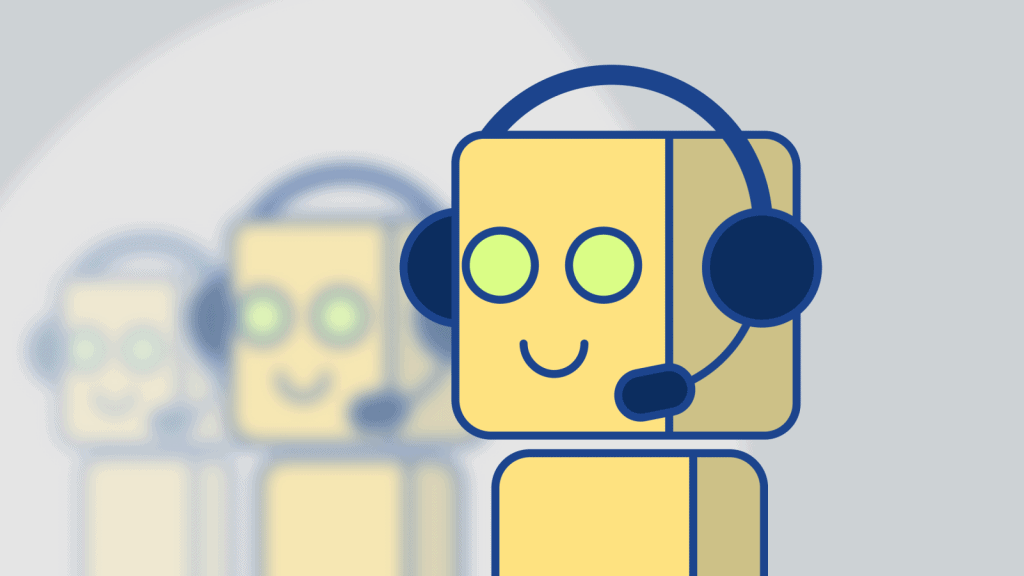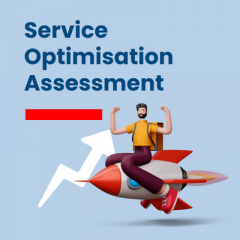
By Ian Wallis, Director Mobile & Intelligent Bots PaaS Business Development at Oracle
Chatbots are rapidly becoming a key user engagement tool within an organisation’s digital strategy portfolio. The exponential growth of messaging platforms across desktop and mobile devices has enabled a new style of Conversational App that can be used to engage with your customers, partners and employees in multiple locations, at any time. Some of these apps even are voice-activated, and are starting to appear in places like the home and in vehicles. Alexa, Google Assistant, Siri, and technologies such as Android Auto and Apple Car Play are extending the reach of these conversational apps into places one would only dream of several years ago.
To help ensure your first chatbot projects are successful, we have compiled a set of 10 top tips. These tips have been sourced from industry experts, from current customer projects, and from our own experience in implementing chatbot apps at Oracle:
1) Don’t be afraid to launch “Mobile Chat” before a “Chatbot”
For many organisations, the Contact Center is the primary point of interaction with customers or employees. Traditionally, these have been known as call centers providing inbound, 1:1 voice communication between customers and service agents. Recently, these centers have evolved to incorporate “web chat” or “live chat,” allowing customers to converse with a live service agent through a website text interface. With increasing mobile usage, it’s vital to ensure that the web chat experience is “mobile-optimized,” either through your company’s mobile app, mobile website, or through popular messaging apps like Facebook Messenger, WhatsApp, or WeChat. As you will learn below, having the option of a live human agent to handle certain customer interactions can be vital to the success of your overall bot strategy.
2) Start simple and make sure it works
We’ve all watched and read so much science fiction it’s tempting to think your chatbot has to be a sentient machine capable of solving the world’s problems, or worse still, destroying the world as we know it! But the best chatbots are the ones that help people solve simple problems in an efficient manner. Deploying a chatbot is far easier and cheaper than deploying a mobile app, so it’s feasible to start with a bot that can handle two or three simple interactions and then add additional functionality later. Critically, these interactions need to be fast, easy to use, and consistently reliable. If they are not, your users will try the chatbot once or twice and then give up. The development mantra should be “crawl, walk, run, sprint!” How do you know when you should move from “crawl” to “walk” or from “run” to “sprint?” That’s where analytics come in, which leads us to our next tip…
3) Monitor your chatbot with deep analytics from Day 1
Analytics is the difference between guessing and making informed decisions. Every change and improvement to your bot should be based on solid data from insights into how your bot is behaving in the real world. That means instrumenting your bot and collecting data on each user interaction for subsequent analysis. If users are having problems completing a transaction, analyse the conversational flow to identify where the problem is occurring. It may be a sporadic technical issue, or it could be that a tweak to the conversational flow improves the user experience. Either way, you will have the data to give you the confidence you are making the right changes to your bot. Some of the most valuable insights you will receive come when you first launch new services so it’s vital to have a strong analytics capability built into your chatbot infrastructure when you first deploy your bot.
4) Be honest with the user – admit it’s a bot
With current technology, we’re not able to produce an artificial life form that can completely think, behave, and adapt to situations like humans can. There will always be situations that a bot cannot completely understand or handle, and when one of these situations occurs, your users will be more forgiving if they know that they are talking to a bot and not to a human. There is a parallel in the movie industry referred to as “the Uncanny Valley.” When the latest motion capture techniques are employed to digitise human actors into CGI re-creations, audiences sometimes can’t distinguish between animations and real life; the imagery is somewhere between the two, hence the “uncanny valley.” The same thing can happen with your bot if you pretend it’s human. It sometimes may behave like a real person, but at others the way it behaves will feel unnatural. This will leave your users in the uncanny “bot” valley. That’s why you should also always be clear it’s a bot.
5) Add “Intelligence” to your chatbot, but don’t let users train the AI
Starting with menu-based, structured bots is all good and well but users will start to expect your bot to intelligently handle queries. Open up your bot to more phrases (utterances) from users. Use Artificial Intelligence techniques such as Natural Language Processing (NLP) and Machine Learning (ML) to understand what the user wants (their intent) and any specific information (entities) contained in the text. Manage the context and state of the conversation so that the human-bot interactions make sense; and make sure you train up your bot with sample utterances using supervised Machine Learning. If you want to use unsupervised Machine Learning to detect groupings of user phrases and intents, make sure you have someone review the recommendations from the ML so that users do not unintentionally, or intentionally, corrupt your bot. A racist or sexist bot has a very short life span.
6) Give your bot character, wit, and a persona
There is nothing worse than a boring bot. Give your bot a name and build up a persona and profile for the bot that matches your brand goals. Add a friendly image or avatar but remember Tip #4, above. Make your bot “chatty” by using concise prompts and break these up with comments to keep it conversational. Be consistent, but add small variances in how the bot responds, e.g. “Hi”, “Hello”, or “Hiya” on start-up. Recognize slang terms used by users. Consider appropriate use of humour, but take care to test this out with users and monitor user reactions. Admit failure graciously, and make sure you avoid SHOUTING!!!
7) Leverage your APIs to connect your bot to the Enterprise
To be useful, bots need to be able to connect to your back-end systems to find the information requested, or to perform transactions on your users’ behalf. Building great mobile apps taught us that the best way to connect to back-end systems is with mobile-optimised REST APIs. If you’ve already built APIs for your mobile app, you can reuse them for your bot and they will help you to get your bot to market faster. If you have yet to build a set of mobile-optimised APIs, you can use a platform such as Oracle’s Mobile Cloud to help you create the right APIs for your bot.
8) Identify habit-forming interactions to keep users coming back
The bots that produce the highest levels of engagement are those that help users accomplish regular tasks in a quicker or simpler way than if the users had done these tasks by themselves. Imagine how much easier life would be if you could ask a bot to organise a meeting with several people from different organisations, and then adjust your schedule and notify everyone affected when you tell the bot you are running late. To achieve this, your bot needs to be immediately accessible in whichever channel is most convenient when you issue that instruction, which is why it’s important to think of a chatbot not only as a simple automation tool, but also as a pillar of a multichannel user engagement strategy. Identifying these simple user behaviors and increasing user interaction with your bot across channels can increase user comfort with, and reliance on, your bot, which can lead to higher productivity as time is being saved.
9) Always allow your bot to hand a conversation off to a human
Admit to the user when your bot is stuck. When this occurs, pass the conversation to a human and allow a live representative to escalate the issue. If a user becomes frustrated with a bot, it’s helpful if a bot can detect this and connect the user to a live agent. Otherwise, you could risk losing the user as a customer. It’s also quite reassuring for users to know that they can chat with a real person in certain scenarios, especially in extreme cases like a life emergency, where a bot should not be given responsibility for handling a critical processes or interactions. For these reasons, make sure your bot is seamlessly integrated with your live chat capability so that the user does not need to make a phone call or swap to another screen.
10) Continue to invest in your bot, and enhance the user experience
This is a brave new world. Organizations need to invest in skills and technology to create fantastic conversational experiences. The new skills required in an organization include Conversational Design, Intent-Utterance-Entity Mapping, Machine Learning Set-Up and Training, Channel Integration, and Back-end Integration and API Shaping for Conversational Interfaces. It is worth investing in the skills and technologies that facilitate building chatbots. In turn, if you invest correctly, you will delight your users and drive improved engagement and satisfaction.
Ian Wallis will be speaking at The Conference For Service Desk Leaders 2018 in March- to see the full programme of speakers or to book please click here.



























